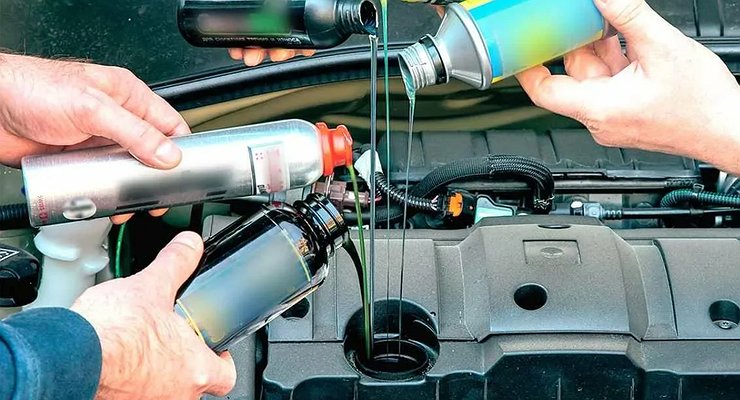All “liquid patches” are sent there: the “sealer” of the radiator, beloved by the people, implies only “arrival” at the service, immediate replacement of the coolant, and, in fact, the leaking cooler, and not the operation of the car in the usual mode. After all, unknown chemistry begins to clog all antifreeze circulation paths, spoil the hoses and the thermostat, only “accelerating” the check at the service station. Cold welding is a temporary solution. Having sealed the pipe of the engine cooling system with it, one should not hope for centuries of coexistence.
On the contrary, it flies away precisely at the moment when the load is particularly high. And this, by the way, will not be the worst option. The problem will arise if the particles of the compound get into the internal thin channels of the engine cooling jacket and clog one of them. And the joint “sweats”, so it can still be sealed. But if oil leaks from under the oil seal or gasket, only a replacement will help. “Drugs” that cost as much as that sanitary napkin, just wasted money.
The most important point to keep in mind is the general condition of the car in general and the engine in particular. Additives will largely help the device with initial or moderate wear, and if the device already has serious traces of wear, then they simply cannot be used. Evaluative ratings must be backed up by numbers: compression, vacuum, and many others that can and should be known. And only after doing all these procedures and finding out the details, you can start thinking about the bay of special trains. But certainly not before.














